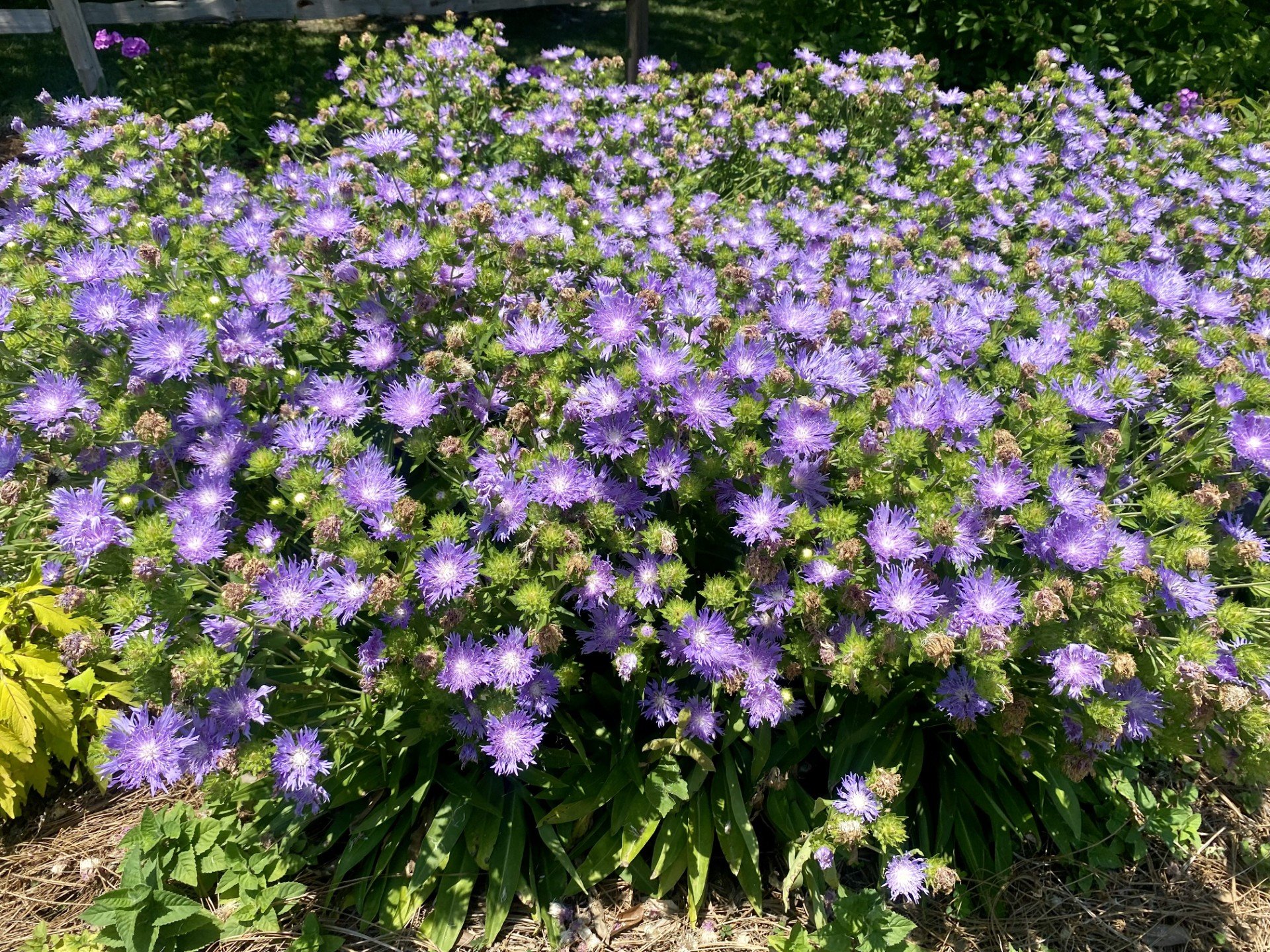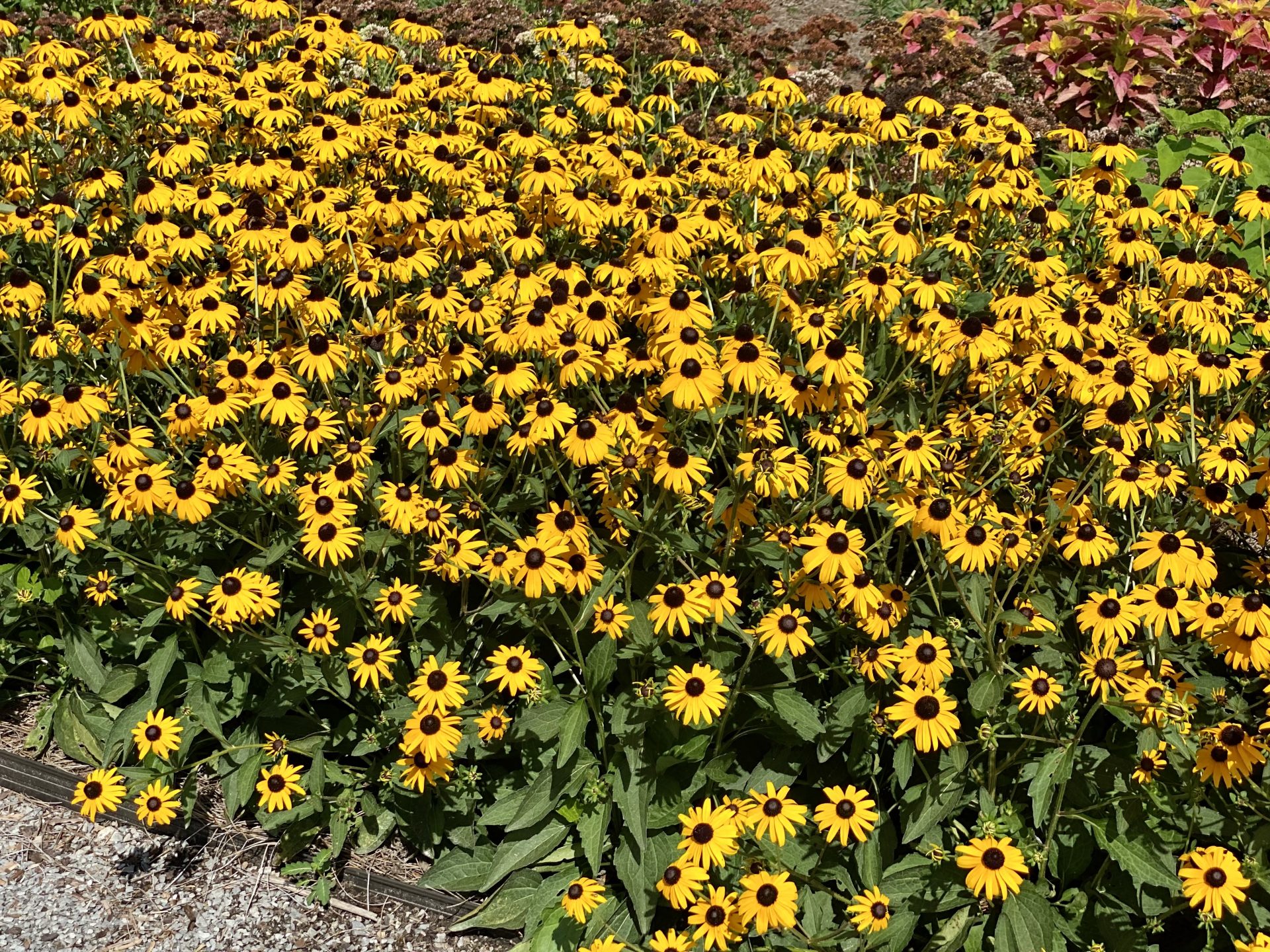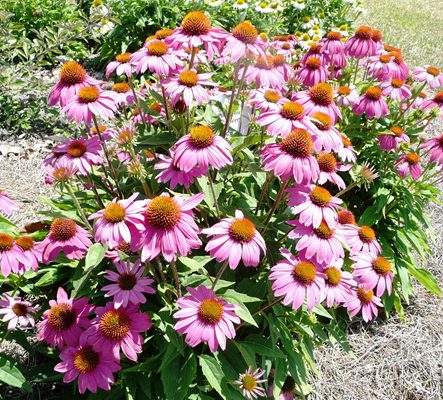
Discover Adventure with TPL’s epic geocache hunt
June 29, 2024
Excessive Heat Warnings issued for Sunday and Monday for portions of Terrebonne and Lafourche
June 30, 2024By Heather Kirk-Ballard, LSU AgCenter Horticulturist
In June, we celebrate National Pollinator Month in the U.S., honoring tiny but vital creatures and highlighting the significance of pollinator gardens and native plants in preserving our ecosystems.
Within the month is National Pollinator Week, an annual celebration dedicated to supporting pollinator health. It’s organized by the Pollinator Partnership. Celebrated globally during the last full week of June, this year’s event took place from June 17 to 23. The 2024 focus is climate change and its impact on pollinator health. This week offers a valuable opportunity to raise awareness, learn, take action and contribute to saving our pollinators.
Pollinators — including bees, beetles, butterflies, birds, bats, moths and wasps — play a crucial role in fertilizing flowering plants by transferring pollen from one flower to another. This intricate dance of nature ensures the reproduction of countless plant species, including those that provide us with food, fibers, medicines and beautiful landscapes.

Stokes’ aster (Stokesia laevis), known for its large, lavender-blue flowers, is a magnet for butterflies and bees, providing a vibrant and long-lasting source of nectar in pollinator gardens. Photo by Heather Kirk-Ballard/LSU AgCenter.
This year’s Pollinator Month spotlight shines brightly on native plants and their mutual relationship with pollinators. Native plants are adapted to local climates and soil conditions and are a source of both food and habitat for native pollinators.
One of the primary benefits of native plants is their ability to offer year-round nourishment for pollinators. Early-blooming native plants like lyreleaf sage and columbine provide vital nectar and pollen in the spring when food sources are scarce. Summer brings a riot of color with coneflowers, black-eyed Susans and bee balm, which attract a variety of pollinators. In the fall, asters and goldenrods ensure that pollinators have enough food to sustain them through the winter.
Moreover, native plants provide essential nesting sites and materials for pollinators. For example, many native bees are ground-nesters and require undisturbed soil to create their nests. Plants like the purple coneflower offer shelter and egg-laying sites for butterflies. The interconnectedness of native plants and pollinators extends to the specific coevolutionary relationships between certain species. For instance, the monarch butterfly relies exclusively on milkweed species as host plants for their larvae.
Creating a native plant garden or incorporating native plants into existing landscapes is a straightforward and impactful way to support pollinators. Gardeners can start by researching which plants are native to their region and selecting a variety of species that will bloom throughout the growing season. Resources like local botanical gardens, native plant societies like the Louisiana Native Plant Society and the LSU AgCenter offer invaluable guidance and support for those looking to make a positive environmental impact.

Black-eyed Susans (Rudbeckia hirta), with their bright yellow petals and dark centers, are a favorite among many pollinators, offering abundant nectar and pollen from midsummer to fall. Photo by Heather Kirk-Ballard/LSU AgCenter.
In addition to the ecological benefits, native plant gardens typically require less maintenance and resources, making them an economical choice for homeowners. Their deep root systems help prevent soil erosion, improve water infiltration and reduce the need for irrigation. The beauty and diversity of native plants also enhance the aesthetic appeal of any landscape, creating a vibrant and dynamic environment for humans and wildlife alike.
During National Pollinator Month, communities are encouraged to engage in events and initiatives that promote pollinator-friendly habitats. Look for local workshops, plant sales and educational programs — or organize your own to spread awareness about supporting these valuable insects.
By cultivating pollinator gardens, individuals help conserve these creatures while enjoying the beauty of nature up close. Children can learn about the interconnectedness of living things and appreciate the natural world through these experiences.
As we celebrate Pollinator Month, let’s appreciate our native pollinators and the plants that support them. Planting native species creates biodiversity havens that sustain pollinators and benefit our planet. This June, commit to welcoming native plants into your garden. They truly are a pollinator’s best friend.
Top native plant picks for pollinators include:
- Milkweed (Asclepias spp.). Essential for monarch butterflies.
- Purple coneflower (Echinacea purpurea). Attracts bees and butterflies.
- Black-eyed Susan (Rudbeckia hirta). A favorite of many pollinators.
- Bee balm (Monarda didyma). Highly attractive to bees and hummingbirds.
- Goldenrod (Solidago spp.). Provides late-season nectar.
- Asters (Symphyotrichum spp.). Vital for fall pollinators.




